GOING
Baker’s Corner, Deansgrange, Co Dublin
Proposed development: 276-bed student accommodation across two blocks of six storeys.
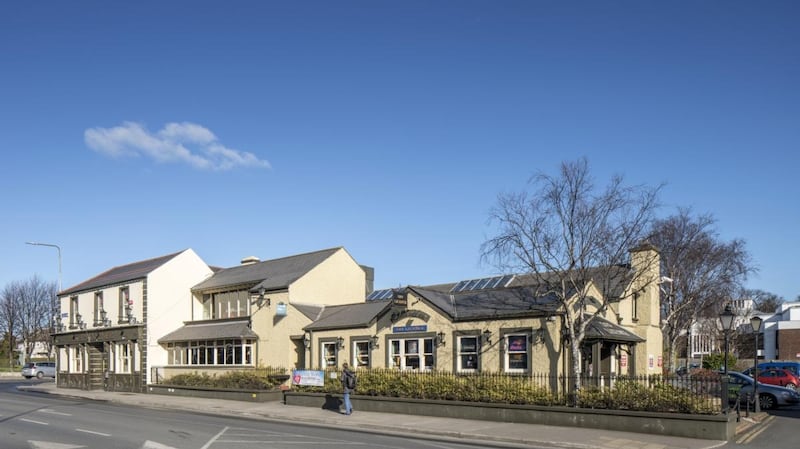
Backlash: Baker's Corner pub has been in existence since 1830. The pub's owners since 2018, property company Baker Forge Properties, acknowledge their proposed development contravenes the county development plan in terms of height, and also the lack of provision of Part V (social and affordable housing). However, fast-track planning processes for strategic housing developments, relevant to PBSA (purpose-built student accommodation), can often overcome these obstacles.
Status: A planning ruling is set to be made in January 2022.
Merchant’s Arch, Temple Bar, Dublin 2
Proposed development: Tom Doone, the owner of the Merchant's Arch pub, is seeking to knock one side of the laneway at Merchant's Arch made up of a two-storey building, and build a three-storey-over-basement hotel and restaurant.
Backlash: The arched laneway, a pathway from the Ha'penny Bridge into Temple Bar, is home to an idiosyncratic collection of small shops and is a popular site for buskers. News of the development came just before news of the Cobblestone pub development, leading to a protest movement gathering signatures in online petitions, and spilling out into a street protest last weekend. An Taisce has criticised the plan, with its head of advocacy calling the proposed development "overscaled and inappropriate in character for the area".
Status: An Bord Pleanála overruled its inspector's recommendation to refuse planning permission and said the development would "promote and facilitate" tourism.
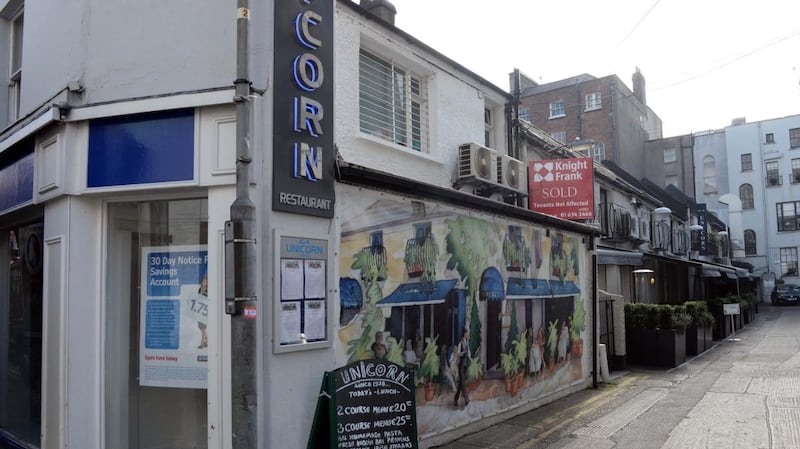
Unicorn, Merrion Row, Dublin 2
Proposed development: The restaurant has operated since 1938, but the site is now owned by Aviva Life and Pensions Ireland DAC. It is proposed the restaurant be knocked, and 24 short-term-let apartments across four storeys and a new ground floor restaurant be built.
Backlash: An Bord Pleanála's inspector said the demolition was "regrettable having regard to the historic significance of the plots and original buildings," but recommended granting planning permission. One objector, former Irish Times environment editor, Frank McDonald, said: "The loss of a long-established restaurant [such] as the Unicorn and of the historic and unique mews lane in which it is located would also be a serious blow to the cultural landscape of Dublin".
Status: This month, An Bord Pleanála gave the go-ahead for the demolition and new construction plans.
GONE
The Tivoli Theatre, Francis Street, Dublin 8
Proposed development: Demolition of the theatre, in existence since 1933, and construction of a 289-bed apart-hotel.
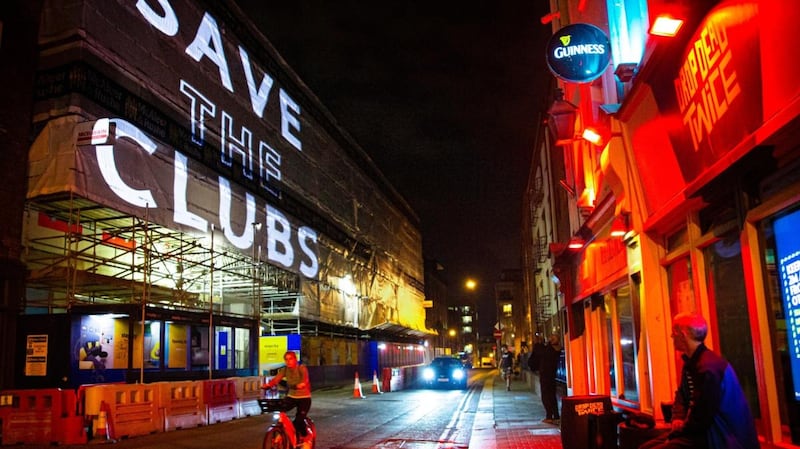
Backlash: Demolition plans were refused by the council in 2017. However, they were eventually permitted to proceed. An Taisce said its demolition would constitute a regrettable loss to the social and cultural life of Dublin. There was an outcry in the artistic community. The theatre car park was an important site for street art, and a clause was inserted in the planning permission that the owner had to "preserve" the graffiti on site by taking photographs and submitting the records to Dublin City Council's library service.
Status: Construction is near completion.
Andrew’s Lane Theatre / Hangar, Andrew’s Lane, Dublin 2
Proposed development: Conversion to hotel.
Backlash: In the latter part of its existence, Andrew's Lane Theatre became the club ALT, and then Hangar. It was the last large electronic music-driven dancefloor in the city centre. Its proposed demolition was met with an outcry from nightclub promoters, DJs and clubbers.
Status: The building is now Wren Urban Nest, a 137-room hotel with "compact" rooms, referred to as "nests".
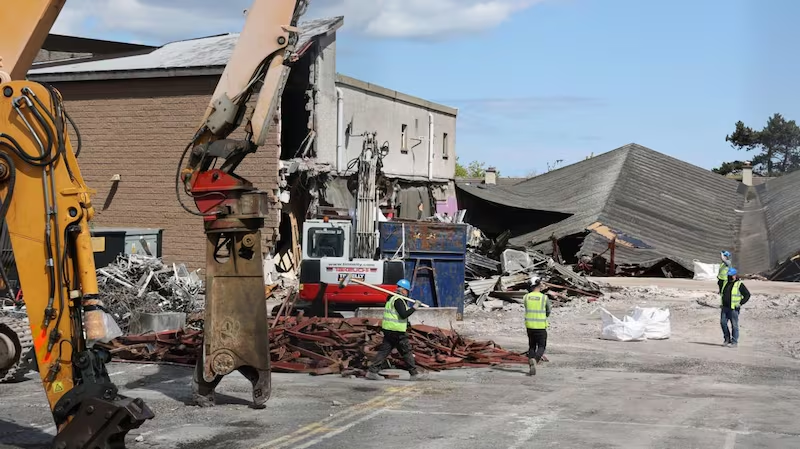
Stillorgan Leisureplex, Co Dublin
Proposed development: To demolish Ireland's first bowling alley, in situ since 1963, and build luxury apartments in blocks of five to eight storeys. The height of the development contravenes the Stillorgan Local Area Plan.
Backlash: While the Leisureplex was a large and much-loved amenity for young people and families in south Dublin, a successful movement to halt the demolition of the amenity failed. Stillorgan's amenities crisis also includes the closure of the Glenalbyn swimming pool.
Status: Treasury Holdings bought the site for €65 million in 2006, and Kennedy Wilson then bought the site for €15 million in 2016. The bowling alley was demolished in May. Kennedy Wilson is now constructing a €100 million development of 232 build-to-rent luxury apartments. The development will include cafes, a concierge service and a rooftop terrace.
SAVED
Our Lady of Lourdes convent, Seán McDermott Street, Dublin 1
Proposed development: In 2018, Dublin City Council proposed to sell the former Magdalene laundry to a Japanese hotel group for €14.5 million. Councillors rejected those plans, and in 2020 voted to progress plans to develop it as a centre for third-level education, a memorial, and include social housing for older people.
Backlash: The sale was stopped following a campaign by survivor groups and others, including local politician Gary Gannon, to retain the building as a site of conscience, including a memorial, archival centre and education centre.
Status: Some of the buildings on site are in a decayed state. The council remains in dialogue with educational institutions about its potential. This weekend, a group called Open Heart City, made up of survivor groups, historians and architects, held an exhibition of work from more than 40 architecture master's students from UCD and Queen's University Belfast relating to the site.
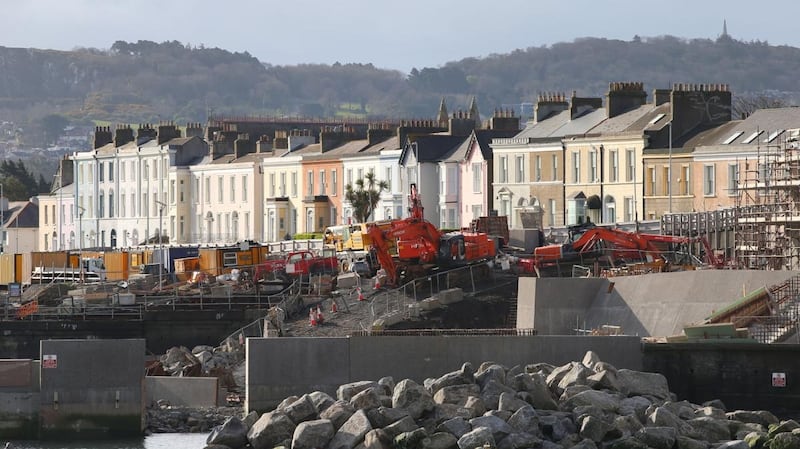
Dún Laoghaire Baths
Proposed development: Various plans have been proposed since the baths closed in 1997. In 2005, councillors rejected a €140 million plan which included an eight-storey building with 180 apartments over retail units and restaurants. The latest scheme is for a public walkway with seating and sloped grassed areas, the refurbishment of a small gazebo, and retention of one outbuilding and the baths' pavilion building itself. The scheme would include studio space for artists, a gallery, a cafe and accessible public toilets.
Backlash: Many locals wanted the long-derelict baths returned to their former glory as solely a public swimming site. The council says there will be capacity for swimming at a new jetty. The south county Dublin coastal area has been widely praised for how it quickly adapted and prioritised public space, cycle lanes, toilets and seating during the pandemic.
Status: Under construction. The revised completion date is late spring 2022.
Sports pitches near St Anne’s Park, Raheny, Dublin 5
Proposed development: 657 apartments on the former lands of St Paul's College near St Anne's Park. The development is by Crekav Trading GP Ltd, part of Pat Crean's Marlet group.
Backlash: Campaigns and legal challenges by environmental and local residents groups, as well as local demonstrations by the grassroots community I Love St Anne's campaign.
Status: Something could yet go ahead, but for now it appears to be stalled. Development on these lands has been subjected to multiple objections, court hearings and changes. Last May, a High Court ruling quashed the permission for development, partly because An Bord Pleanála had not adequately addressed requirements in relation to the habitats directive regarding the feeding grounds of light-bellied brent geese and other bird species.
FUTURE UNCERTAIN
Tolka Park, Drumcondra, Dublin 3
Proposed development: The Tolka Park football grounds, in existence since 1924, have been owned by Dublin City Council since 2016. The council proposes to demolish, rezone and sell Tolka Park for housing. The council says €15 million from this sale will go towards the redevelopment of Dalymount Park, where Bohemians FC play, and where Shelbourne FC (currently at Tolka) will move.
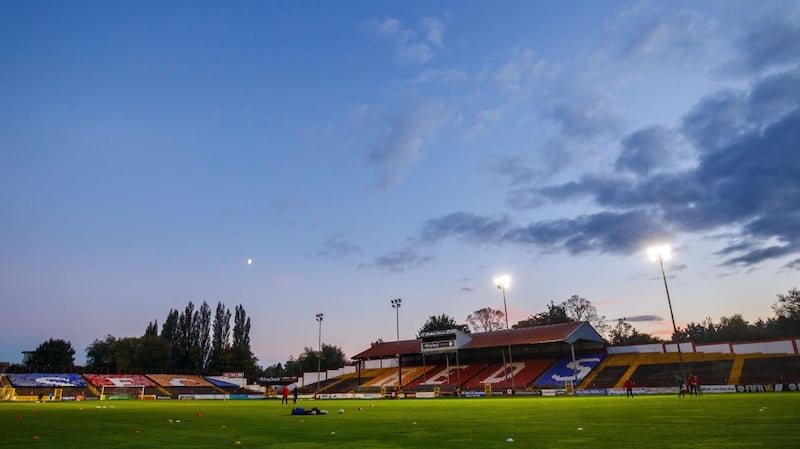
Backlash: The Save Tolka Park movement is opposed to any sell-off to private developers, and has proposed an alternative, publicly-owned facility, including football grounds, a gym, creche, cafe, enterprise centre and public toilets. They say: "Tolka Park is irreplaceable. Our historic sites are a finite resource. Once Tolka Park is gone, there the story ends."
Status: In 2020, Dublin City Council included Tolka Park plans to sell 15 public sites to fund capital projects. This plan was rejected by councillors, and criticised by councillors from Fianna Fáil, Labour, Sinn Féin, Fine Gael, the Green Party and People Before Profit.
Iveagh Markets, the Liberties, Dublin 8
Proposed development: To restore the markets to their former glory. However, the building is in need of urgent repairs. Parts of the market are now close to collapse, and it's estimated restoration could cost about €23 million.
Backlash: There is widespread local and citywide anger that the building has fallen into extreme dereliction.
Status: The markets, gifted to the people of Dublin by the Guinness family in 1906, operated until the 1990s. In 1997, Dublin City Council agreed a 500-year leasehold with publican Martin Keane, who did not redevelop the building despite being granted planning. In December 2020, the Guinness family invoked a clause in the market's original deed that the building revert back to them were it not developed as a market. A case between Keane and the Guinness family is before the High Court.
The Cobblestone, Smithfield, Dublin 7
Proposed development: Marron Estates Ltd has applied for planning permission for a 114-bed hotel on site of the famed traditional music venue, which dates back to 1850. The front bar of the Cobblestone would be incorporated into the plans, but the back venue would be demolished. The adjoining structures, which include the Cobblestone's sizeable outdoor beer garden and smoking area, are included in the hotel plans.
Backlash: A petition to save the Cobblestone garnered 20,000 signatures from the public in 24 hours, and a protest movement mobilised around saving the Cobblestone and Merchant's Arch, closing down the quay in front of Dublin City Council's offices last Saturday while musicians played on the steps of the building. The Mulligan family, which runs the pub, does not own it and is opposed to the plans. Some local TDs cited the erosion of cultural spaces in the city in their criticism of the plans.
Status: The development is still at planning stage, with members of the public entitled to submit objections.
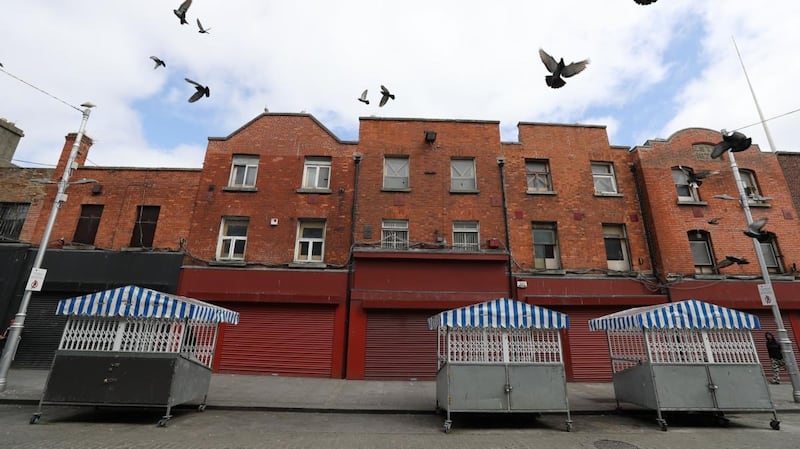
Moore Street, Dublin 1
Proposed development: Retail, office and housing at the Carlton site. This is a complex development in what is being called the "Dublin Central" area, and there has also been a long-running discussion about the preservation of buildings relevant to the 1916 Rising on Moore Street.
Backlash: Three planning applications related to Moore Street and Henry Street have been subjected to significant requests from Dublin City Council. There has also been a much broader conversation around the appropriate conservation of 14-17 Moore Street.
Status: In July, Hammerson, the UK property firm behind the development, was given six months by Dublin City Council to revise its plans. The council is seeking a reduction in height of a nine-storey building, and opposes the demolition of buildings on Henry Street. In particular, the council said the proposed replacement building at 41 Henry Street "is not of exceptional quality to justify its demolition". The Department of Housing made also a submission to the council opposing the demolition of 38 Henry Street.












